“Cane Fire,” the award-winning documentary film from Anthony Banua-Simon opens today in New York City. The film in part, wants to separate reality from the Hollywood portrayal of Kauai. It tells a different version of the island’s history, rather than the escapist fantasies depicted earlier. We saw this change in the movie, “The Descendants” and also in the documentary, “Taylor Camp.”
To our knowledge, “Cane Fire” has never been screened on Kauai, but was previously shown in Hawaii at the Honolulu Film Festival. The movie includes troves of previously unseen footage that depicts the agriculture and tourism industries and their impact on Kauai.
Over the past two centuries, the Hawaiian Island of Kauai has become synonymous for both its inescapable, pristine natural beauty as well as being a globally renowed destination paradise. The film points out, however, that the Kauai of today has cleverly concealed the reality of its colonialization, the extreme worker exploitation, and environmental destruction that’s been at the very core of Kauai’s metamorphosis.
The film depicts Hollywood’s portrayal of Kauai as buttressing inappropriate stereotypes of Asians and Pacific Islanders. It also addresses the big plantation families which controlled all of the island plantations and their exploitation of workers; the cultural forces at play, as well as the evolution of both Hawaii’s tourism and agriculture industries.
Tourism and Hollywood, Anthony Banua-Simon says, took Kauai and Hawaii and turned it into a dream destination for everyone except those who lived here. He shows that through a series of interviews with family and union heads as he depicts how Hawaii busted unionization, and progressively turned the island into a destination accessible only by the wealthy.
“Cane Fire” also spotlights important native land that we know as the remaining shambles of the old Coco Palms Resort, where Elvis Presley’ Blue Hawaii was filmed.
The film by director Anthony Banua-Simon was acquired by Cinema Guild and plans are for it to be released throughout the U.S., starting with its theatrical premiere today, at the Brooklyn Academy of Music.
“We’re so excited to be helping Cane Fire find a wider audience,” added Cinema Guild President Peter Kelly. “Anthony Banua-Simon is an incredibly talented filmmaker who brings a personal angle to an aspect of the visualization of Hawai’i that is not dealt with nearly enough.”
The film examines the past and present of the Hawaiian island of Kauai and brings in four generations of family history, together with the stories of the numerous Hollywood productions, including one that largely began with Lois Weber’s 1934 film, “White Heat.” In that film, Hawaii was portrayed as that of Haole’s (foreigners), whereas Hawaii’s working class residents together with Native Hawaiians were cast merely as extras in their own story.
In that film, “White Heat,” the star burns an entire sugar cane plantation. That raised fears that it could cause a revolt within the sugar plantations. In that film, Anthony Banua-Simon’s great-grandfather, appeared as an extra.
“Cane Fire” is a kaleidoscopic portrait of Kauai that was the winner of the 2021 Indie Memphis Best Documentary Award, and is one that we can’t wait to see in full.
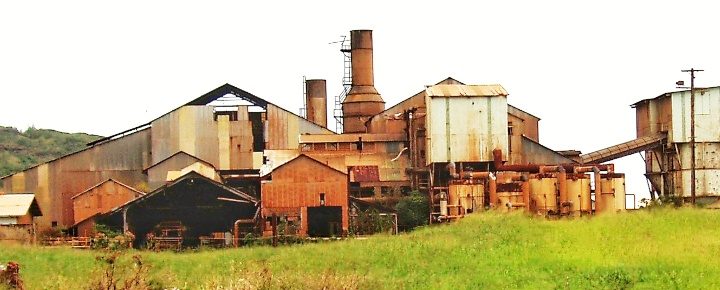
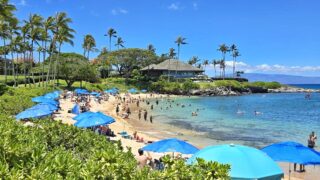
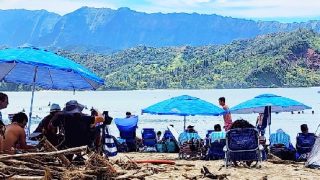
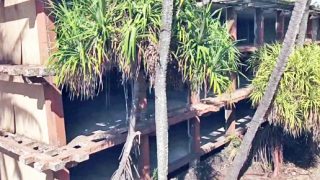
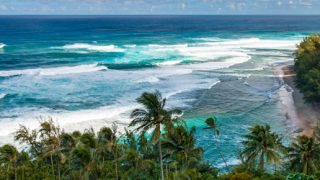
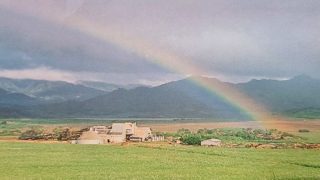

Cane fire behind my house Lived in Puhi yes don’t wash clothes on that day or after they burn the cane……. plenty sooth black will damage your clothes!!!!!!!! Always Had a Garden planted in the back yard…… headcabbage, Manoa lettuce ,eggplant, corn,asparagus,green beans,soybeans, plenty veggies chinese cabbage, mustard cabbage………….we grew all our veggies……….
Where can we see the film? We don’t have a movie theatre in Lihue anymore, can we stream it?
As with most stories of Hawaii, CANE FIRE would seem to be influenced by a limited point of view, fixated on exploitation.
We are all, of course, “exploited” in many ways–by government, by big business, by demands necessary for certain goals we may set for ourselves. The “exploitaiton” is sometimes means to an end, a way for the “exploited” to move ahead, get a foothold that can lift one to the next level. Hawaii looked damn good to many impoverished people from other countries that came to work. And for a good many years, Hawaii’s agricultural workers were among the highest paid in the world. There’s little question that the “exploitation” many workers went through eventually benefited their children and their chlldren’s children.
Are you kidding me? After exploiting Chinese (slave) labor to build the first transcontinental railroad from the West Coast, the. Chinese labor returned to California only to have the Hawaiian Plantation owners say “Have we got a deal for you.” Except in Hawaii the Chinese (slave) labor were put in man camps where they couldn’t escape because they were trapped on an island. Not so sure the Chinese laborers who hand cut sluiceways down and through mountains and lava rock would agree with your romanticized view.
When and where can we see the movie? Netflix, hulu??
Will this film be shown in California?
Hawaii tourism was only for the wealthy until the 1960s because of the cost of travel by ocean liner or airplane. The “jumbo jet” made flights less expensive, which, coupled with statehood, launched the era of mass tourism.
Our family lived in a sugar plantation home across the Koloa Sugar mill.It was a short distance for my dad to walk to work.Our family have fond memories living there
Finally the truth comes out!!